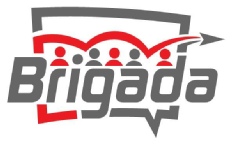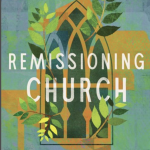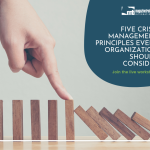I’ve been telling co-workers and friends for some time now that I believe email is, essentially, broken. It might be the best we have for 2013, but there are just too many problems with it, in my opinion. Experts disagree about how much of our email content is spam and viruses. The folks at SecureList have been reporting about 2/3 of it is trash.
http://www.securelist.com/en/analysis/204792282/Spam_in_January_2013
But Symantec has reported percentages as high as 90%, all of which means that, unless you have some great spamware and spyware installed on your system, at least 6 out of every 10 messages you receive will turn out to be junk mail or, worse yet, email DESIGNED to harm or take advantage of you.
But there’s more. Because it’s so easy to send email to everybody in your address book, email is also too cheap. As a result, most of us get too much of it. For some, this is dozens too many messages. For others, it’s HUNDREDS too many.
But beyond that, every email message looks the same in your inbox. In other words, at a glance, each message SEEMS to carry equal weight. This means that too many of us use our inbox as our task list, when, in reality, there might be a ton of more important items to tackle. But unless we zero our inbox, we feel like a failure. In addition, most email (especially POP3) is completely “open” and unencrypted. Sure we can still send a postcard, but we’ve been able to send sealed letters for centuries, even in the USA, a relatively new nation. And if someone opens our sealed letter, it’s fairly evident. By contrast, with email, we have no clue how many spying eyes have made copies of it. On top of that, the message from the guy in China who is trying to talk you out of your bank account credentials (so he can steal you blind) looks more or less equal in weight to the message from your best friend asking if he could talk with you about the pressures he’s facing at work — and both of those are in the same long stack as the message purporting to be your bank, or the prospective donor asking a question about your website, or your spouse asking you to call home because there’s an emergency with your child. Sure you can design “rules” and special flags when messages come from certain people, but another problem with email is — the sender’s address is completely uncertified. It’s so easy to spoof someone else’s address, it’s hilarious. Even I can do it — and I’m in no way an I.T. specialist.
Bottom line, it’s a broken medium.
This past week, having heard me express this hobby horse for some time, a friend (named Tim) pointed me to this article…
http://finance.yahoo.com/news/better-email-comprehensive-scientific-guide-191230583.html
The problem, of course, is that email is so ubiquitous it will be tough to change the system any time soon. One of the great hopes I have for the future are these encrypted intranets and private collaborative suites. In the team with which I serve, we now use Podio. I can tell you that a Podio inbox message carries a TON more weight than the 100 random spam offerings in my email inbox, even though, there are probably some very important messages in my email inbox too. Why? Because if there’s a message in my Podio inbox, I know it’s from a verified insider who is depending on me for an answer. It’s more than just my JOB to answer, it’s also my JOY — because these folks are my friends.
So what’s your opinion about the future of email. Can it be fixed? If so, how? And how do YOU get by? Just click “Comment” in the online version of this item by following the link below. Thanks, in advance, for your input.












Often, I will communicate a more private message on Facebook by using the Message button. We can chat that way, hopefully more privately. Even our FB friends do not see this. I don’t know how shielded this is from prying eyes of the Internet, though.
I’ve relied on email for about 18 years for all kinds of communications needs…organizing short term trips, sending documents, etc, etc…I never thought it we be the problem it is for some. I still use it and will probably keep on using it, been lucky so far I guess.
Another of the things I’ve been wrestling with is changing the way I use email in light of the fact that many recipients read it first – or only read it – on their phones. Same with accessing websites. Effective communication under such conditions requires more simplicity and brevity.
I prefer e-mail over FB messages primarily because it’s easier to have a “paper trail” — important, to me, for work-related communication. There are ways to minimize some of the problems you identify with e-mail. Here are some of my strategies:
1. I use Apple Mail (Mac OS 10.8.x) and it’s spam detection and filtering works really well for me. One of my filters is set to send identified spam to a “Junk” folder. Between the filters provided by my e-mail providers and Apple Mail, I rarely get spam in my inbox.
2. Anything that gets through I identify as spam and the e-mail program seems to learn from that.
3. I use different addresses for work and personal e-mail and have filters set up to redirect mail to appropriate folders. Those rules/filters are based on the account, so work mail goes into one folder while personal mail goes into another.
4. If I’m concerned about privacy, I use a VPN — free versions of TunnelBear or HotSpot Shield work reasonably well, though not with all e-mail accounts.